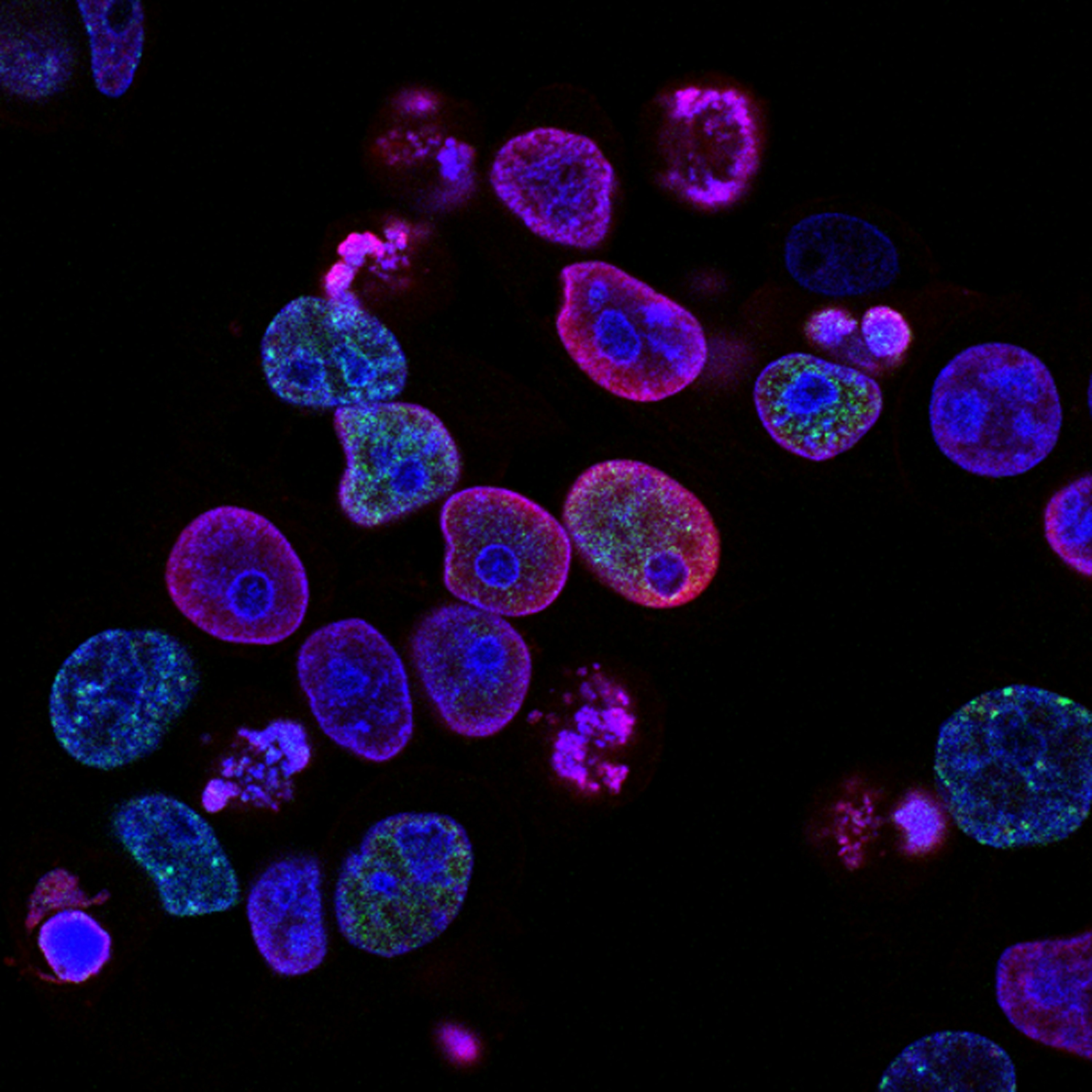Imagine turning off the world. Not just quiet, but profound, unbroken silence. For millions who are deaf, this is a daily reality. But what happens inside the brain when the constant stream of sound vanishes? Prepare to be amazed: rather than creating a void, profound silence triggers one of the brain's most spectacular superpowers – neuroplasticity.
The Brain's Grand Reshuffle: Neuroplasticity Unleashed
Our brains aren't hardwired statues; they are dynamic landscapes, constantly reshaped by experience. This ability is called neuroplasticity. When a major sensory input like sound is absent, especially from birth or early childhood (prelingual deafness), the brain doesn't let valuable neural real estate go to waste. Instead, it undergoes cross-modal reorganization:
Vacant Property
Areas primarily dedicated to processing sound, like the auditory cortex located in the temporal lobes, become underutilized.
Neural Opportunists
Nearby brain regions hungry for processing power, particularly those handling vision and touch, start to expand their reach.
Functional Takeover
The "silent" auditory areas are recruited to enhance the processing of the remaining senses.
This reorganization explains fascinating observations: many deaf individuals exhibit enhanced visual peripheral vision, motion detection, and attention, along with heightened tactile sensitivity. Their brains are optimizing the available inputs.
Illuminating the Silent Cortex: A Landmark Experiment
While clinical observations hinted at this rewiring, solid proof required peering directly into the working brain. A pivotal 1999 study led by neuroscientist Daphne Bavelier and colleagues used Positron Emission Tomography (PET) to capture this silent revolution in action.
The Burning Question:
Does the auditory cortex in profoundly deaf individuals actually process visual information?
Methodology: Seeing with "Silent" Brain Regions
- Participants: The study included two groups: adults with profound prelingual deafness and adults with normal hearing.
- The Task: Participants performed a demanding visual attention task. They focused on a central point while detecting brief target flashes appearing in their peripheral vision.
- Brain Imaging: While performing the task, participants underwent PET scanning.
- Control Condition: Participants also underwent scans while simply staring at a fixation point without any task.
- Analysis: Researchers compared the brain activity patterns between the deaf and hearing groups.
Results & Analysis: The Proof is in the (Silent) Processing
The results were striking and clear:
- Deaf Participants: During the visual attention task, significant activation lit up not only in expected visual areas but also prominently within the "silent" auditory cortex.
- Hearing Participants: Their auditory cortex remained relatively inactive during the same visual task.
- The Meaning: This activation in the auditory cortex of deaf individuals wasn't random noise. It directly correlated with them performing a visual task.
| Enhanced Ability | Typical Finding Compared to Hearing Individuals | Likely Benefit |
|---|---|---|
| Peripheral Visual Detection | Faster reaction times, higher accuracy | Monitoring environment, detecting movement at edges |
| Visual Motion Perception | Improved sensitivity to direction/speed | Tracking objects, understanding complex scenes |
| Visual Sustained Attention | Better focus over time on visual tasks | Lip-reading, following sign language conversations |
| Tactile Sensitivity | Enhanced discrimination | Improved sign language reception, object manipulation |
| Brain Region | Deaf Group Activity During Visual Task | Hearing Group Activity During Visual Task | Interpretation |
|---|---|---|---|
| Primary Visual Cortex | Increased | Increased | Normal visual processing activation for both groups |
| Visual Association Areas | Increased | Increased | Normal higher-level visual processing |
| Auditory Cortex (Right) | Significantly Increased | Minimal Change | Recruited for visual processing in deafness; idle for vision in hearing |
| Frontal Attention Areas | Increased | Increased | Engagement of executive control for attention task in both groups |
The Scientist's Toolkit: Probing the Plastic Brain
Understanding brain reorganization requires sophisticated tools. Here are key solutions used in this field:
| Research Solution | Primary Function | Role in Plasticity Studies |
|---|---|---|
| Functional MRI (fMRI) | Measures brain activity by detecting changes in blood oxygenation | Maps active brain regions during sensory/cognitive tasks non-invasively |
| PET Tracers (e.g., FDG) | Radioactive molecules injected to track metabolic activity or blood flow | Provides quantitative measures of regional brain activity |
| Electroencephalography (EEG) | Records electrical activity from the scalp using electrodes | Tracks rapid brain responses to sensory events |
| Transcranial Magnetic Stimulation (TMS) | Applies magnetic pulses to temporarily disrupt specific brain areas | Tests the causal role of a reorganized area |
| Genetically Encoded Calcium Indicators (GECIs) | Fluorescent proteins that light up when neurons are active | Allows visualization of individual neuron activity |
fMRI Visualization

Functional MRI showing different activation patterns in hearing vs. deaf individuals during visual tasks.
EEG Setup

Electroencephalography provides millisecond-level precision in tracking brain responses.
Silence is Not Empty: A World Remade
The revelation that "silent" brain regions actively process other senses fundamentally changes our understanding. Deafness isn't just the absence of sound; it's a catalyst for profound neural adaptation. This research underscores the brain's incredible lifelong capacity for change.
The next time you experience quiet, remember: even in profound silence, the brain is a whirlwind of activity, constantly reshaping itself, proving that true silence within the mind is a myth. Welcome to the vibrant, rewired world of silence.
Further Exploration:
- Gallaudet University: A premier institution for deaf and hard of hearing students, deeply involved in research (gallaudet.edu).
- Society for Neuroscience: Resources on neuroplasticity and sensory systems (sfn.org).
- Book: "The Brain That Changes Itself" by Norman Doidge (includes chapters on sensory reorganization).